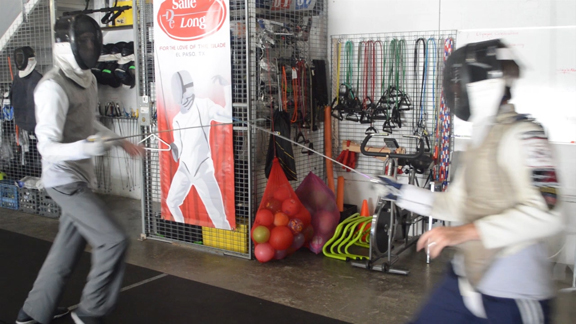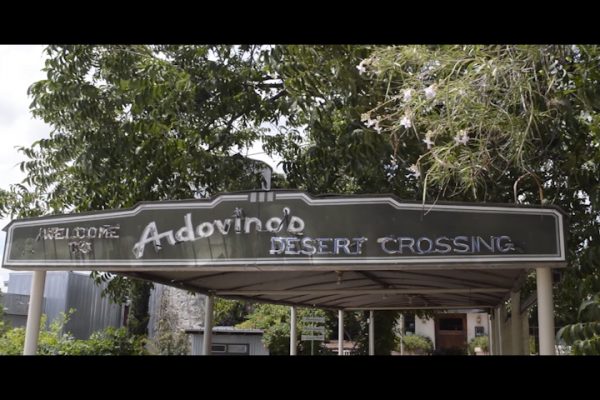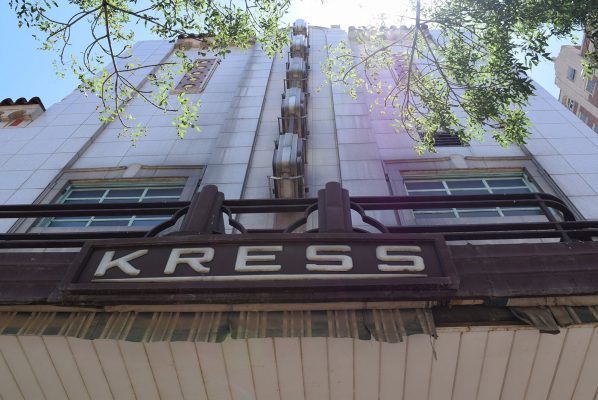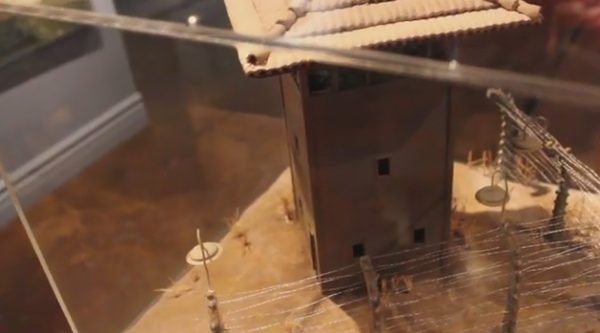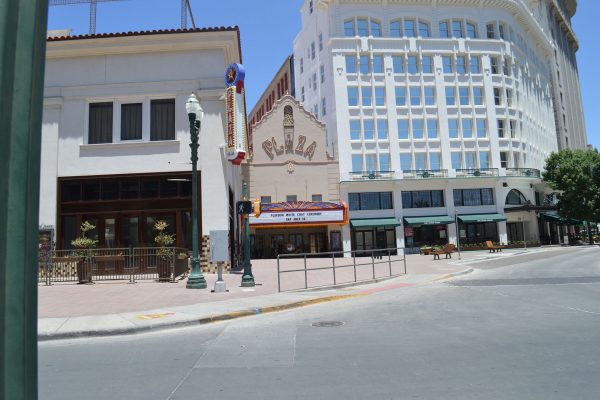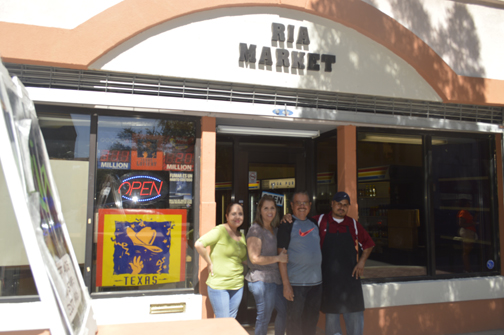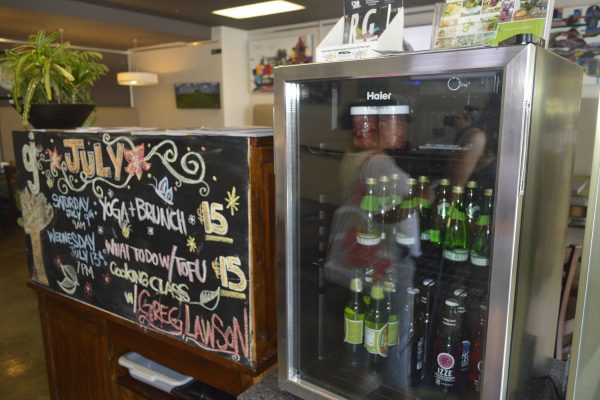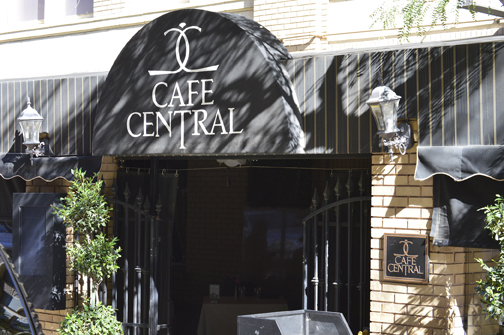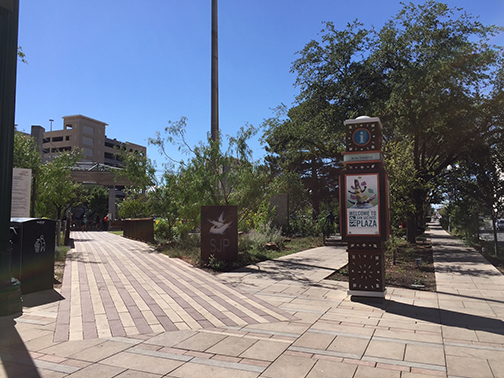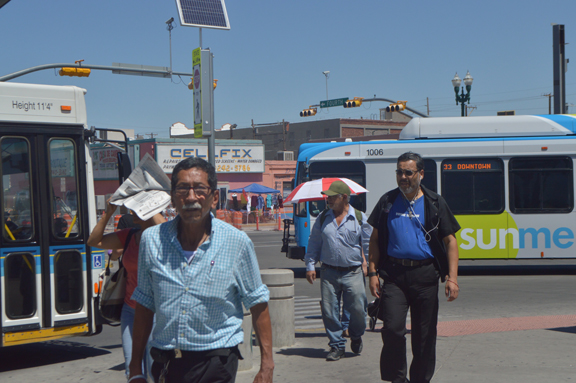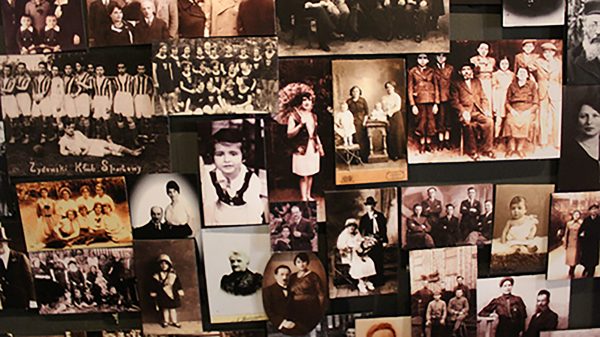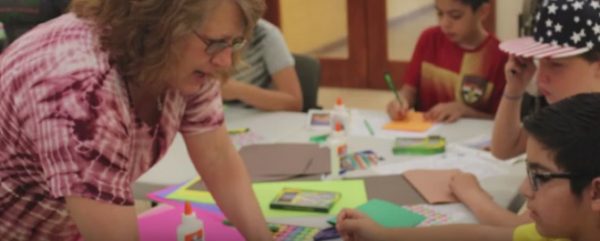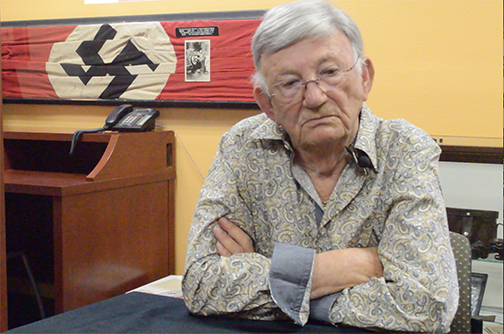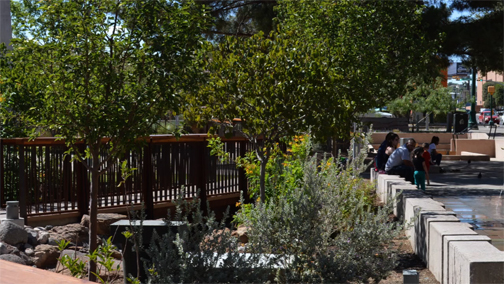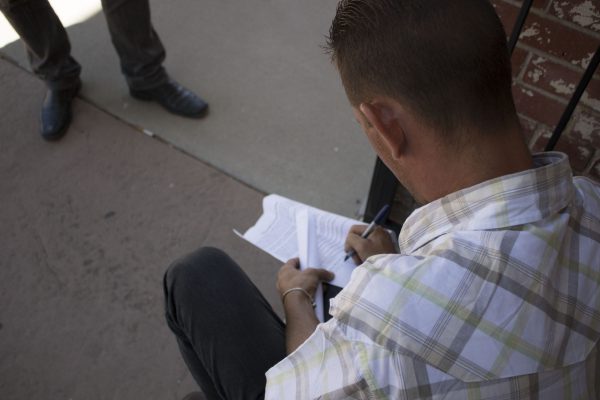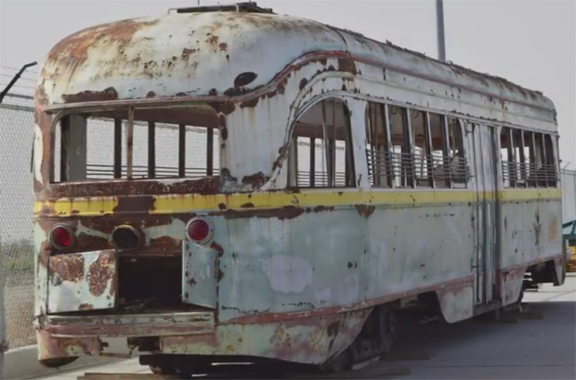Texas sanctuary cities bill worries border community leaders
|
EL PASO – Lawmakers from this border community are concerned about the harm that would result if Texas begins requiring law enforcement and other agencies to act as immigration agents. The Texas Senate on Feb. 9 passed SB4, which Sen. Jose Rodriguez, D-El Paso, called “a thinly disguised attack on immigrant communities.”
The so-called “anti-sanctuary cities” bill would allow the state to penalize cities over policies that obstruct enforcement of immigration law or discourage police agencies from inquiring about a person’s immigration status. The Texas House is now considering its version of the bill. The senator says he, along with other opponents of the bill, offered amendments to decrease the negative impacts the passage of bill would have on health, safety and social life of communities.





